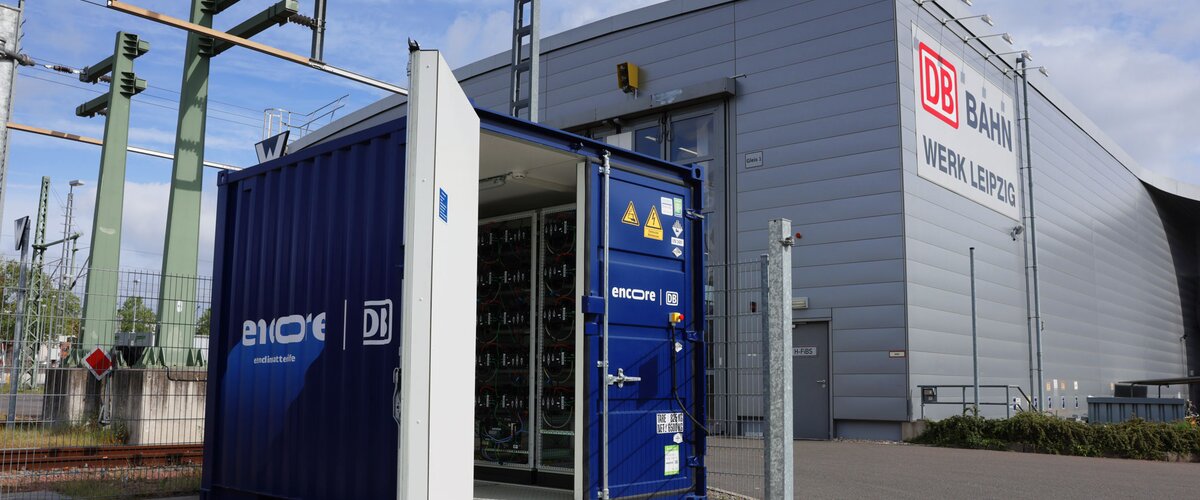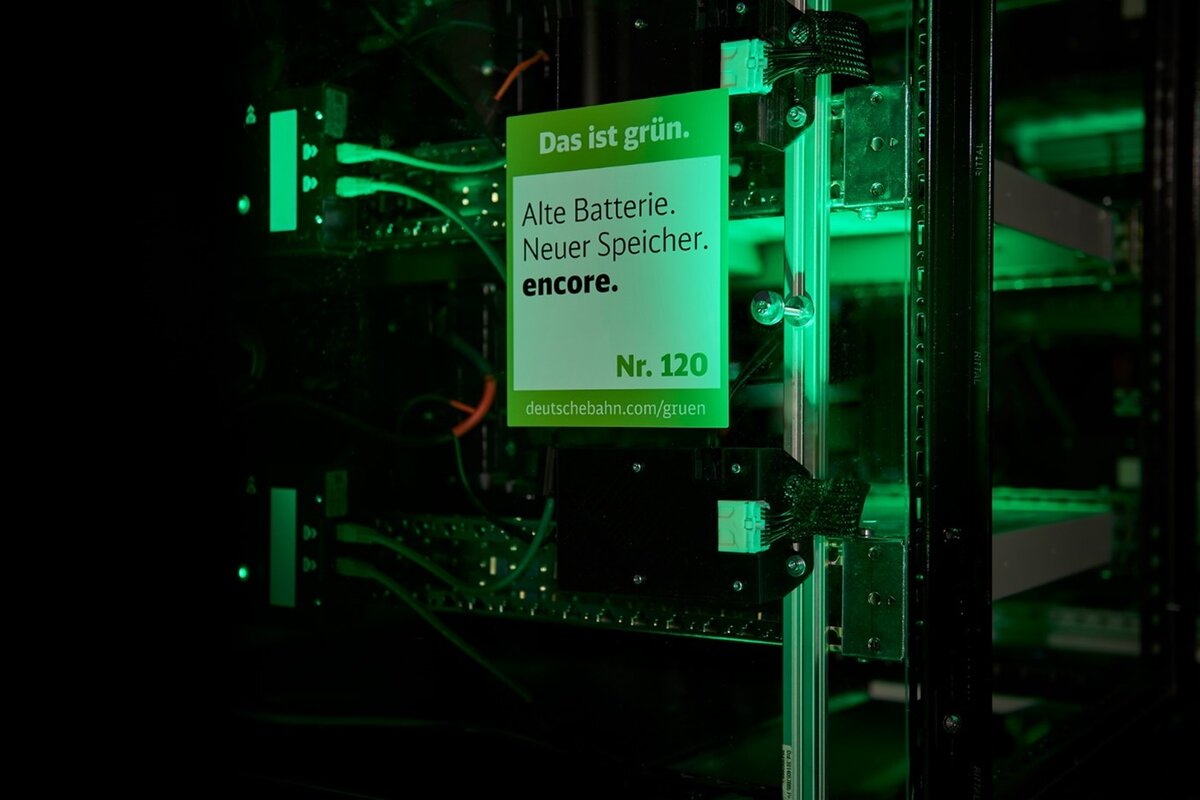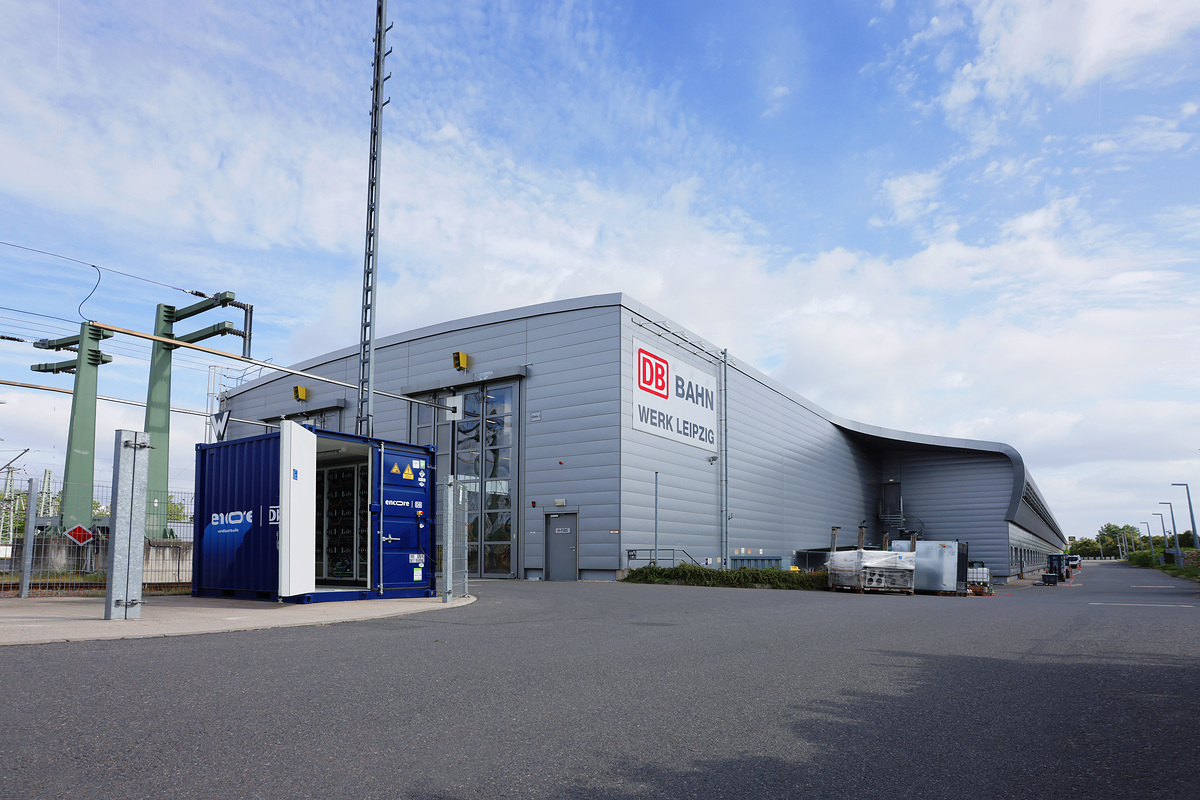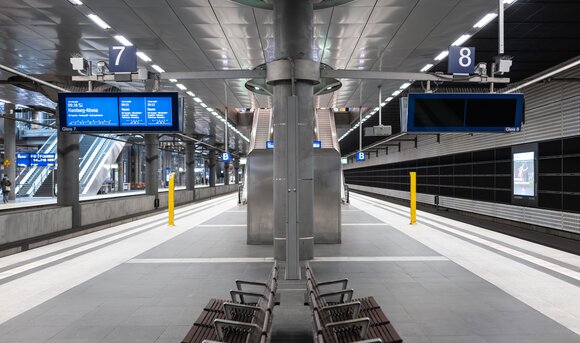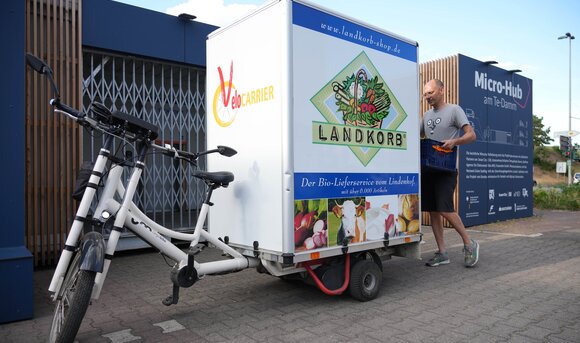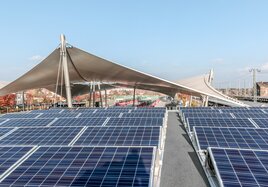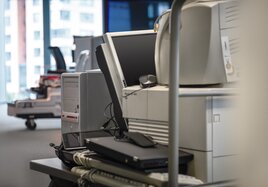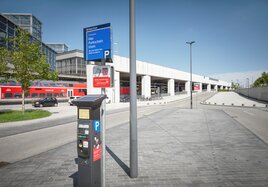Deutsche Bahn uses raw materials sparingly and keeps them in circulation for as long as possible. Under the DB Bahnbau Group GmbH umbrella, the DB-owned start-up – encore – helps to do just that, giving used batteries from electric vehicles a second life in energy storage systems for renewable energy.
Yesterday's batteries for tomorrow’s green energy
Lithium-ion batteries have become established as a key enabling technology for electric mobility. However, these batteries have a limited life cycle when only used as vehicle traction batteries. Many manufacturers replace them when their performance is no longer good enough for use in vehicles. But they still have enough energy capacity for other purposes. encore | DB noticed this and is using old batteries to build energy storage systems which can be co-located with renewable energy assets. These second-life battery energy storage systems can store energy from solar, wind or hydroelectric power and, depending on the application, can be kept in use for many more years. They can step in when unplanned power outages occur, or supply power when energy demand is particularly high.
Keeping valuable raw materials in use
Second-life battery energy storage systems make a valuable contribution to resource protection. By reusing old batteries, encore | DB extends their service life so that fewer primary raw materials are needed. This means less mining of non-renewable raw materials such as lithium, nickel and cobalt, which are needed for the production of new battery energy storage systems.
Second-life battery storage made with electric-car batteries
To build the second-life battery storages, the start-up buys old batteries from car manufacturers and refurbishes them. encore | DB takes care of the entire process, from dismantling the battery packs and producing the storage modules to installing, operating and maintaining the battery storage systems. The first such battery storage was commissioned in July 2022 at the EUREF-Campus site in Berlin, where it is part of the Micro Smart Grid, a smart power grid linking various energy sources, consumers and energy storage systems. All told, 24 battery modules from six electric cars were installed there.
First ICE plant equipped with storage
In May 2025, the ICE depot in Leipzig was equipped with a second-life storage system in combination with a photovoltaic system. A total of 30 used battery modules from eight electric cars were reused for this. The battery is used to store solar power, which is used, for example, when the plant's energy requirements are particularly high. The intelligent battery storage system communicates with the PV system and continuously monitors the plant's power requirements. Following the ICE depot in Leipzig, DB is now planning to equip the depot of DB Fahrzeuginstandhaltung in Kassel with a battery storage system.
A Second Life storage system in combination with a photovoltaic system also ensures a climate-friendly energy supply at Zorneding station in Bavaria. During the day, it stores the solar power from the PV system and makes it available again when needed. In the future, such storage systems could also step in if short-term power outages endanger the safety of the rail system and replace conventional diesel-based emergency power systems in digital interlockings, for example.
Besides Second Life batteries, encore | DB uses so called Second Chance batteries. These are unused battery modules that were never installed in vehicles due to overproduction. These batteries are of the same high quality as brand-new products but eliminate the need for additional extraction of raw materials.
In addition to using electric-vehicle batteries from external manufacturers, encore also plans to use batteries from DB's own electric vehicle pool in the future, thus giving them a second life.
